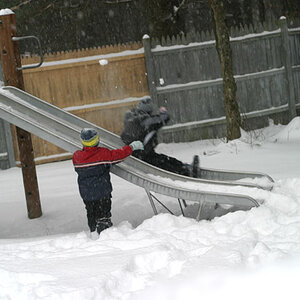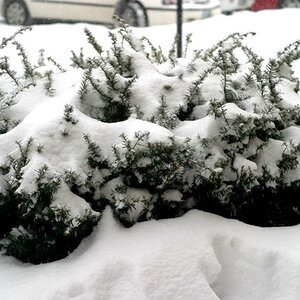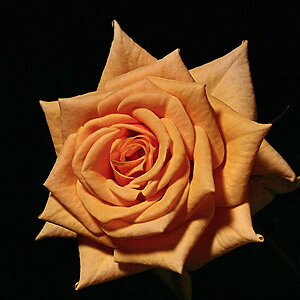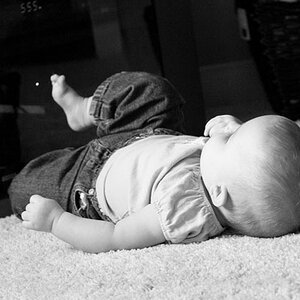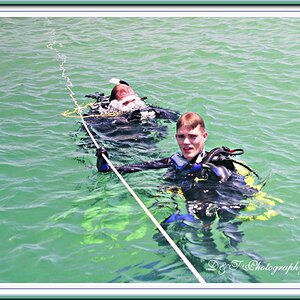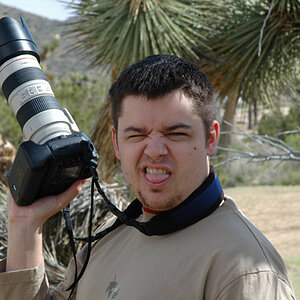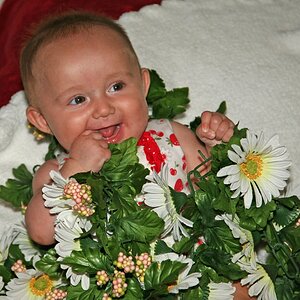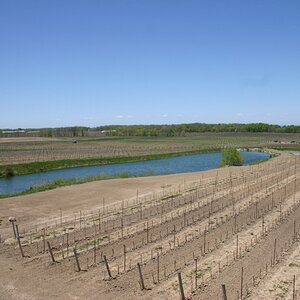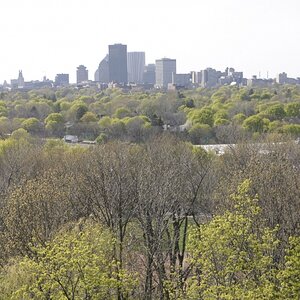ksmattfish
Now 100% DC - not as cool as I once was, but still
- Joined
- Aug 25, 2003
- Messages
- 7,019
- Reaction score
- 36
- Location
- Lawrence, KS
- Website
- www.henrypeach.com
- Can others edit my Photos
- Photos NOT OK to edit
Don't spend the night at the same location as the reception. I shot a wedding and reception at a ranch Bed and Breakfast last night. It was about 3 hours from home, so I thought I'd find a motel so I wasn't driving home tired in the middle of the night. There were extra rooms at the B & B, and it wasn't much more than a motel. The party looked like it was dying out about 9:00pm, and I was off the clock, so I tried to get some sleep. A bunch of partiers showed up late, and they rocked it out until 4:00am. At 2:00am I had to listen to the drama as one of the bridesmaids barfed up and down the hallway outside my room. So much for the sleep.



